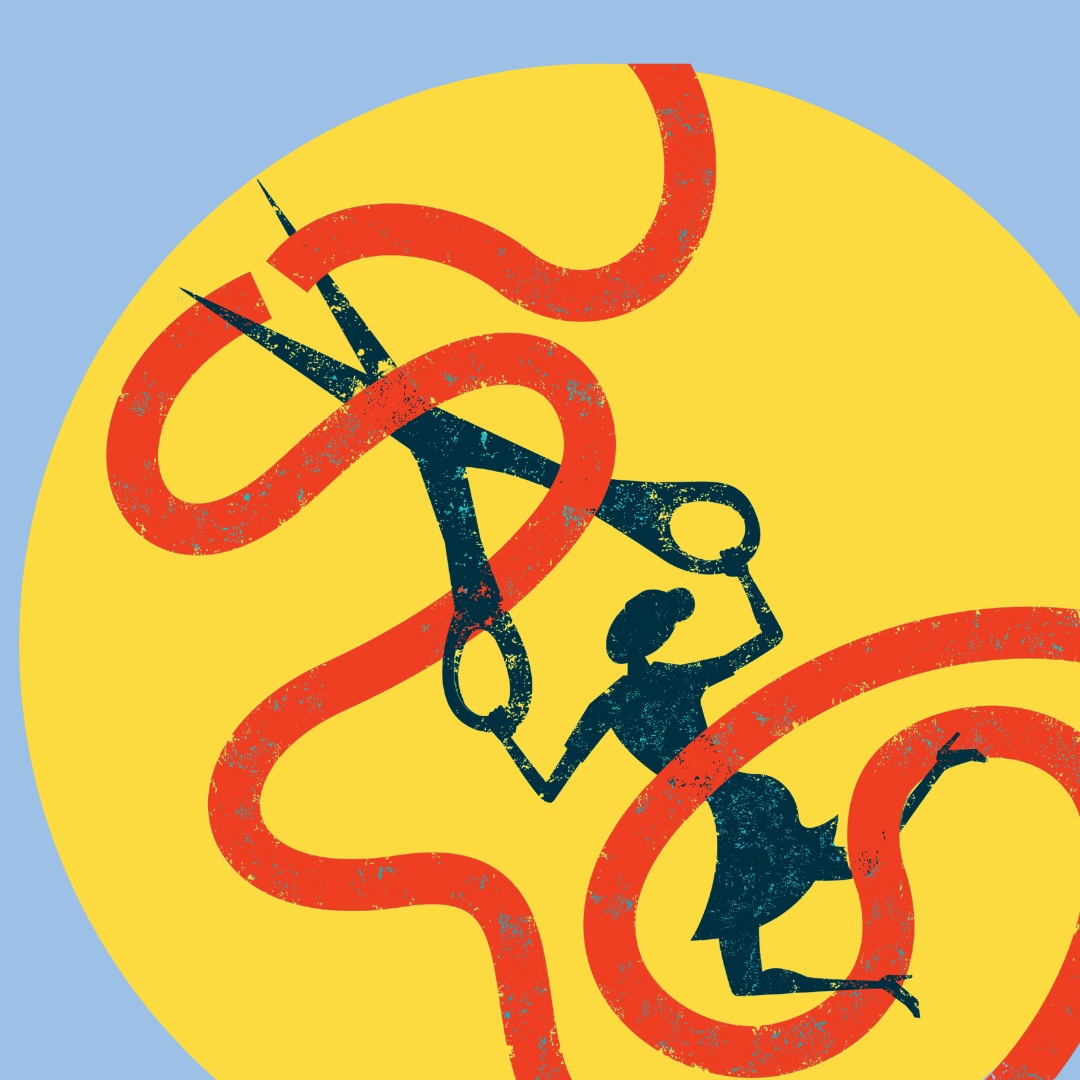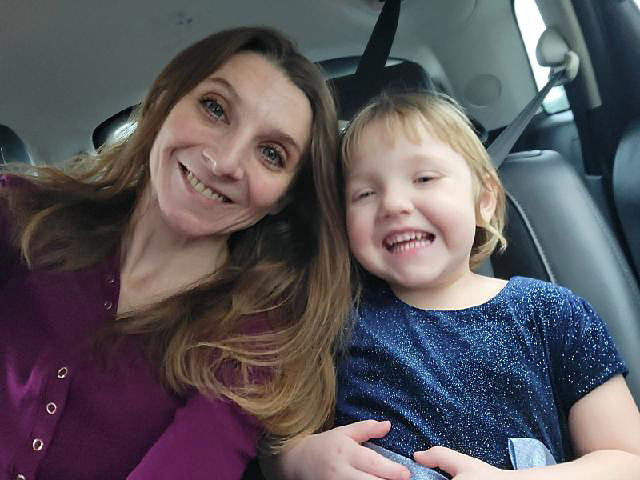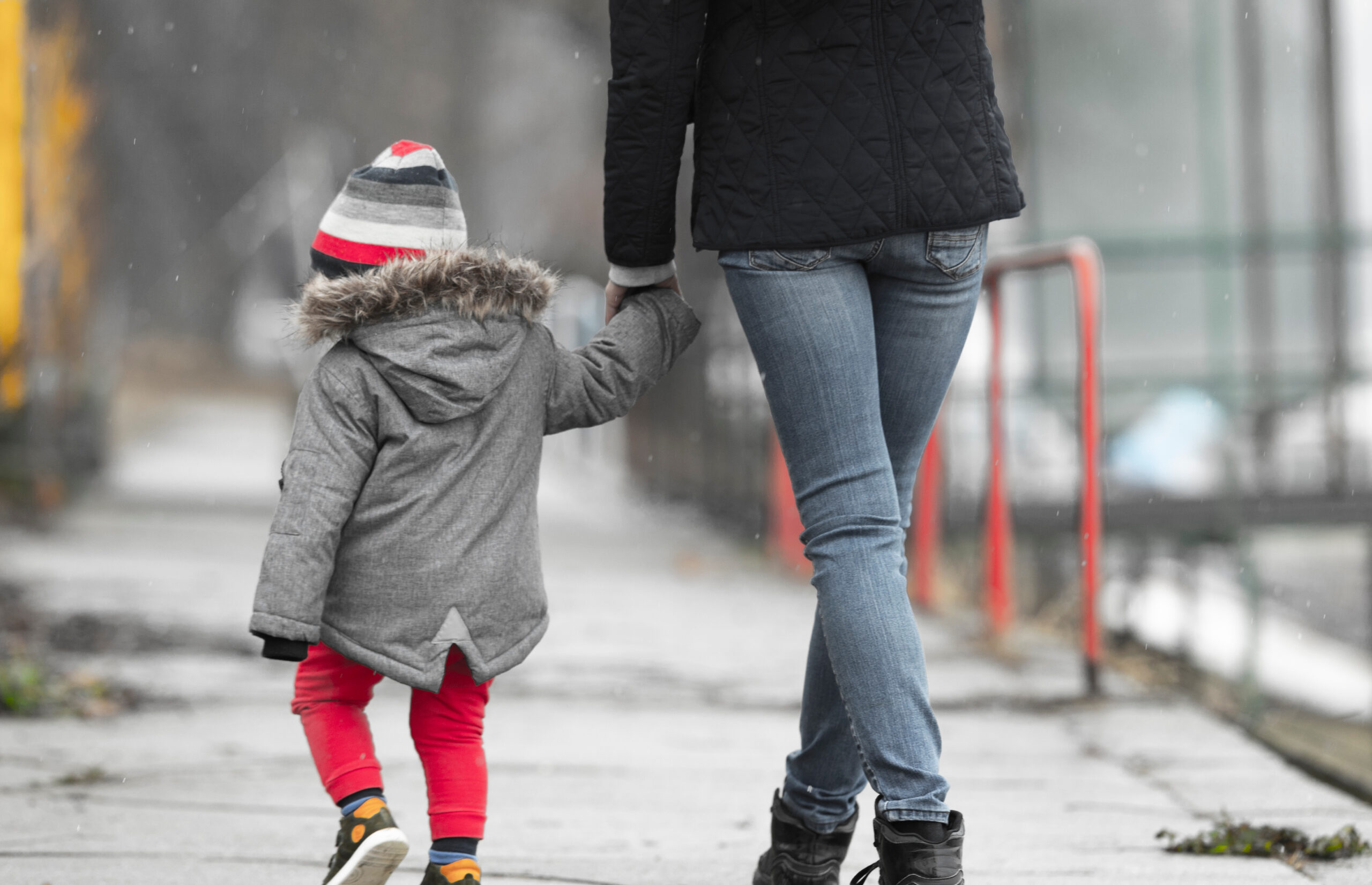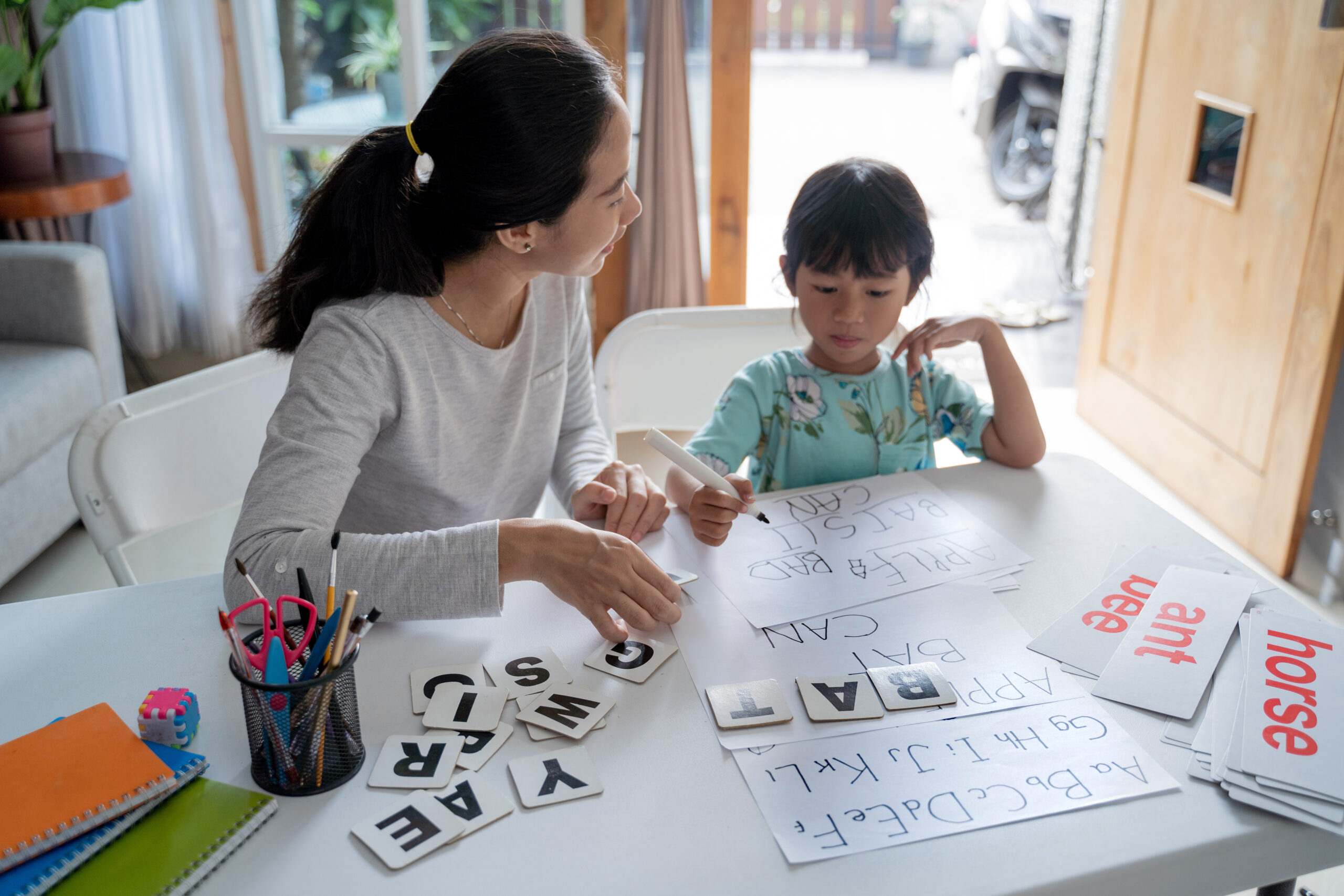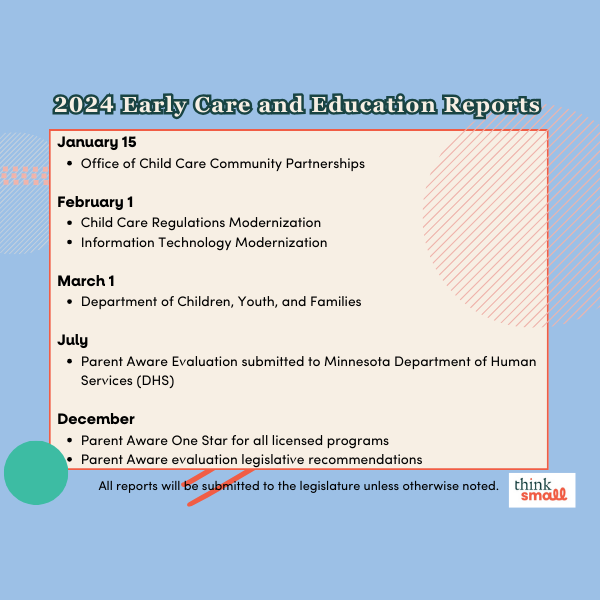By Marie Huey, Public Policy and Advocacy Coordinator
The March edition of Ann Kaner-Roth Policy Hour covered the state budget forecast and the Governor’s budget proposal.
February Budget Forecast
Betsy Hammer from the Minnesota Budget Project joined us share the budget forecast and provide context on what it means for the state. The Minnesota Management and Budget office released the forecast at the end of February. The office estimated that the stat will have a surplus of $1.1 billion for the next two years, or biennium.

This surplus is down from November’s forecast of $1.5 billion. This is due to many factors. There is a great deal of uncertainty in the economy right now. Federal tax law and trade policy are two uncertain categories at the federal level that affect the way Minnesotans are doing. It’s also inherently difficult to predict what the economy will be like in two years.
While $1.1 billion seems like a large amount of “extra” money, it actually isn’t. The forecast does not factor inflation into the estimates. The predicted increase necessary to cover inflation in the state budget is $1.1 billion, which means there likely won’t be extra money from state revenue.
The February forecast is an important guide for legislators as they assemble their budget for the next two years.
Governor’s Budget
Governor Walz shared his budget proposal before the February forecast was released. He will likely release an updated document based on the new numbers, but he has stated that the general direction of his budget will remain the same.
Improvements to the Child Care Assistance Program are the main early care and education component in the Health and Human Services section of the budget. This would include updating policies to align with federal requirements, increasing reimbursement rates, improving program integrity, and serving an additional 1,000 families from the waitlist.
Under the Department of Education area of the budget, Governor Walz proposes increased funding for the General Education Formula, maintaining funding for Voluntary Prekindergarten (VPK), and investin gin Full Service Community Schools. Recruiting and retaining teachers of color is also a priority, and this effort would potentially apply to prekindergarten teachers as well.
The Community Solutions Fund for Healthy Child Development Grant is making its first appearance in the Governor’s budget proposal. This effort, led by the Voices and Choices for Children coalition, would promote health and racial equity using solutions from and for the affected communities.
Child Care Economic Development Grants are a component of the Department of Employment and Economic Development budget. These grants are targeted at expanding the supply of quality child care in Minnesota.
For more details about these proposals and a few more, view the handout shared during policy hour.
The Governor’s budget is one part of the discussion about how to create a spending plan for the state. Legislators in the House and Senate have some overlapping priorities and some unique positions. As the session continues, the legislature and Governor will discuss and negotiate about these priorities as they work toward completing the budget.
This year has been an unusually active one for legislation related to early care and education and school age care. More than 150 bills have been introduced related to the field. You can view them all and track their status in the Child Care Aware of Minnesota Bill Tracker.

